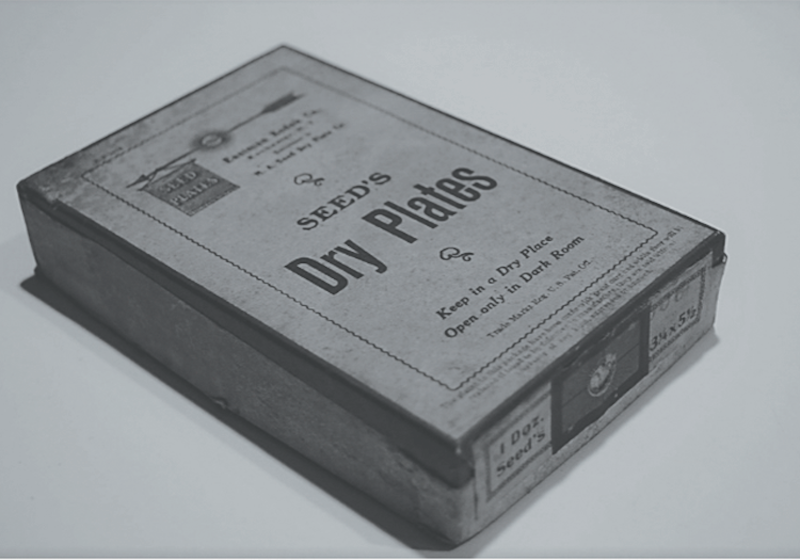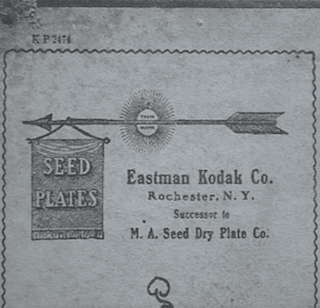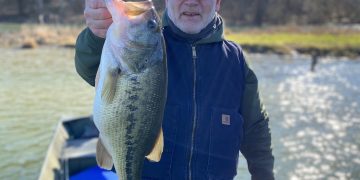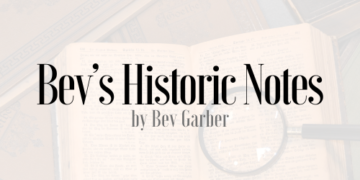Successful dry plate creator and manufacturer, Miles Ainscoe Seed was born in Lancastershire,
England on Feb 24, 1843. After moving to the U. S. in 1867, Mr. Seed settled in St. Louis,
Missouri and became an employee of John A. Schouten’s photographic studio.
During his spare time he conducted home experiments on photographic negatives. After several years hem developed a more practical photographic dry plate that was quickly dubbed the “Seed Dry Plate” upon its release in 1879.

Dry plates were pieces of glass cut to fit the camera which are coated with a gelatin emulsion that when exposed to light it will capture an image. Soon photographers worldwide were using Mr. Seed’s invention. The appeal of Mr. Seed’s dry Plate rested in their ease of transport. Photographers could now travel with these prepared dry plates and develop their photographs at a later date. On sorting through and working with the large batch of glass plate negatives in order to print my book “A Collection of Photographs of Timberville, Va. and Surrounding Area by Dr. Welty B. Fahrney & Mr. Sam White” Vol. 1 & 2, I came on this similar/smaller box (pictured) of what looked to be more plates. Instead, it turned out to be a box of M. A. Seed’s unused glass plates among other things. This was before the Kodak Co. was formed. Kodak eventually bought out Mr. Seeds company and moved everything to Rochester, NY where they are today.

After researching the man, it was quite a bonus to find such a rare photographic item! Who knows? And quite likely, some of Dr. Fahrney’s glass plates could be M. A. Seeds glass plates. There is no way that I know of to distinguish them one from the other. Dr. Fahrney must have ordered some of Mr. Seeds products to use in his photographic endeavors of Timberville, but never got to use them. Other things found in the box with the dry plates could be the beginning of roll film for photography. (Black paper was rolled up). What did he have in mind? Being a photographer myself and familiar with using 4 x 5 sheet film, I can see no need for the use of rolled up black paper to be used in conjunction with 4 x 5 flat plate glass negatives. Just saying.
Being an inventor at heart, he must have had visions of greater horizons in the roll film aspect of photography which eventually was soon to take over. Dr. Fahrney must have used roll film before he died in 1946. It would have been nice to have interviewed Dr. Fahrney as I did his wife, Bertie, in 1971.
Definitely Smithsonian Museum material.
































